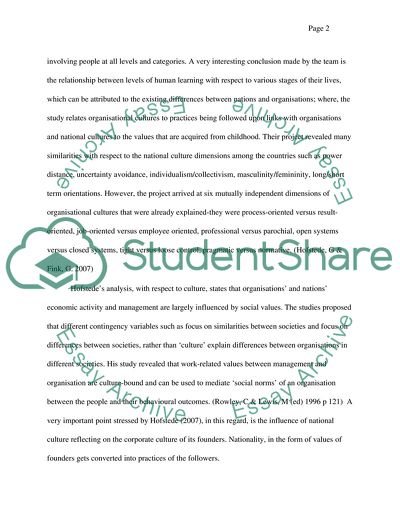Cite this document
(The Impact of Cross Culture on People and Their Performance in Term Paper, n.d.)
The Impact of Cross Culture on People and Their Performance in Term Paper. Retrieved from https://studentshare.org/human-resources/1719368-what-does-the-research-which-compares-human-resource-policies-and-practices-in-different-countries-tell-us-about-why-there-are-cross-national-similarities-and-variations-in-approaches-to-managing-people
The Impact of Cross Culture on People and Their Performance in Term Paper. Retrieved from https://studentshare.org/human-resources/1719368-what-does-the-research-which-compares-human-resource-policies-and-practices-in-different-countries-tell-us-about-why-there-are-cross-national-similarities-and-variations-in-approaches-to-managing-people
(The Impact of Cross Culture on People and Their Performance in Term Paper)
The Impact of Cross Culture on People and Their Performance in Term Paper. https://studentshare.org/human-resources/1719368-what-does-the-research-which-compares-human-resource-policies-and-practices-in-different-countries-tell-us-about-why-there-are-cross-national-similarities-and-variations-in-approaches-to-managing-people.
The Impact of Cross Culture on People and Their Performance in Term Paper. https://studentshare.org/human-resources/1719368-what-does-the-research-which-compares-human-resource-policies-and-practices-in-different-countries-tell-us-about-why-there-are-cross-national-similarities-and-variations-in-approaches-to-managing-people.
“The Impact of Cross Culture on People and Their Performance in Term Paper”, n.d. https://studentshare.org/human-resources/1719368-what-does-the-research-which-compares-human-resource-policies-and-practices-in-different-countries-tell-us-about-why-there-are-cross-national-similarities-and-variations-in-approaches-to-managing-people.


